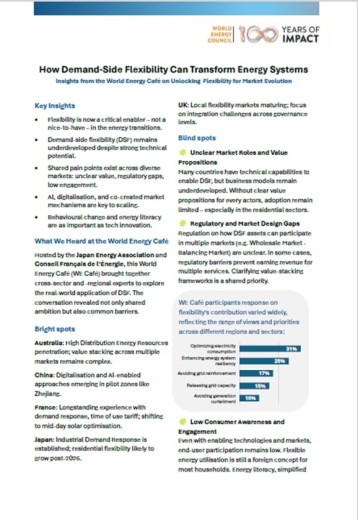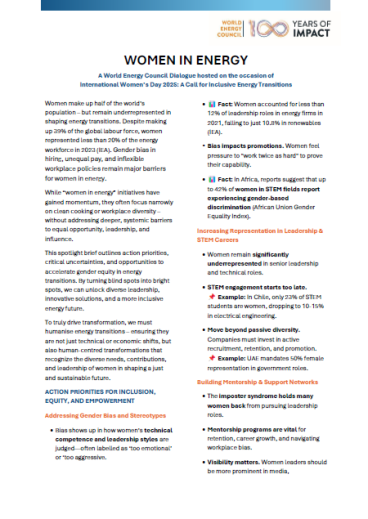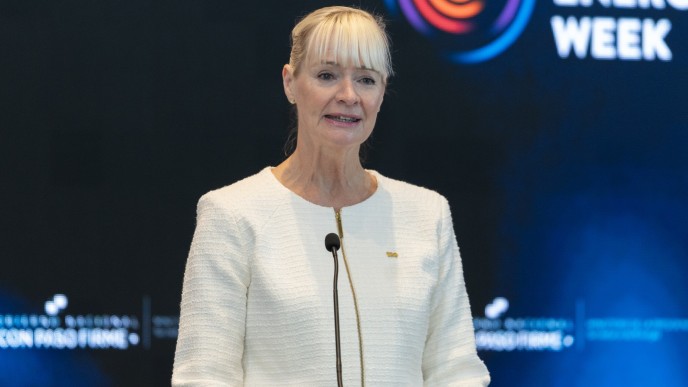The main economic driver for the continuance of coal, they said, is its comparatively low cost in China, India, and other developing countries and the urgency their governments feel to support rapid urbanization and industrialization. Coal has accounted for nearly half the increase in world energy consumption in the last 10 years, and China has accounted for about 80% of that, said Hans-Wilhelm Schiffer, Executive Vice-chair of the World Energy Scenarios for WEC, who moderated the session.
China is set to move at least 100 million people from rural areas to cities in the next ten years. “That’s one New York City built and populated every year,” said William Durbin, President of Global Markets Research at Wood Mackenzie. Although China has its own shale gas reserves that rival those of North America, Durbin said, the country is not ready to develop them for regulatory, cost, and other reasons.
The impact on the environment of coal’s continued dominance can be reduced if enough users adopt carbon capture and storage (CCS), panel members said. The technologies involved in CCS are ready for large-scale use, according to Giles Dickson, Vice President of Alstom, and the added cost is low enough to keep coal plus CCS cheaper than offshore wind and some other renewables. “CCS is not expensive,” he added. “We’ve just got to persuade the governments to put the right mechanisms in place.” The extent to which that technology takes hold will depend to a considerable extent on the prices carbon dioxide eventually brings in emissions trading such as has been introduced for example in the EU, California, Quebec and which will come to South Korea in 2015, he said.
The central Chinese government is concerned about worsening air and water quality and has cracked down on some heavily polluting mines, but “for every one of those small coal mines that’s closed there’s another that opens up,” said Raymond Pilcher, President of Raven Ridge Resources. “There doesn’t seem to have been a lot of traction gained.”
This news story is based on the Bottom Line session, “World coal outlook: Innovations for tomorrow’s energy”, at the 2013 World Energy Congress.








